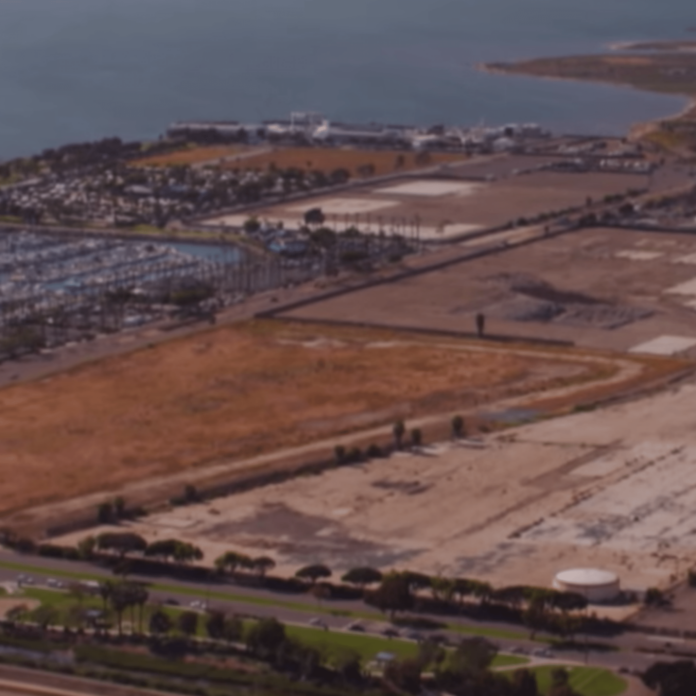San Diego and Chula Vista leaders talk smart city tech
AUSTIN, Texas – While the 2016 Energy Thought Summit is largely focused on using technology to drive innovation in the energy sector, that’s just one part of the larger development of smart city infrastructure.
The end goal of a smart city is to incorporate technology – sensors, analytics engines, mobile access and more – to increase efficiencies, push sustainability, create new revenue streams and increase quality-of-life for residents. This is increasingly important in this era of mass migration into cities. These issues were addressed by municipal leaders from San Diego and Chula Vista, next-door neighbors in Southern California just north of Tijuana, Mexico, who are taking progressive approaches to smart city adoption and economic development.
Cody Hooven, sustainability manager for the City of San Diego, stressed the need to leverage existing infrastructure when exploring smart city projects.
“We used to be a very kind of ‘beachy,’ under the radar town,” Hooven said. “We’re definitely diving all in to the smart city concept. We don’t want to just be beautiful, we want to be smart too.”
In pursuing a smart street lighting project, Hooven said city officials asked “how do we multipurpose our infrastructure; how can we double dip on those?”
Rick Azer, associate VP for smart integrated infrastructure at Black & Veatch, discussed telecommunications networks – complemented by the development of the “Internet of Things” and cloud computing – as the foundation of smart city projects.
“Qualities that you see in the ‘Internet of Things’ and the clouds is really what’s going on between the big projects we worked on,” Azer said. “Small is the new big. This trend toward these small projects, and as they aggregate up into very big things, I think is what we’re going to see more and more of as time goes on.”
Azer said communications is “the fabric that ties all this together. We see different levels of urban challenges … and the desire to leverage new capabilities. A lot of that gets into how do we handle this rapid pace of urbanization, this denser concentration of people, resources and economic opportunities.”
Chula Vista Chief Sustainability Officer Dennis Gakunga outlined a grand vision incorporating economic development, smart city infrastructure and environmental sustainability that’s taking shape on the waterfront.
“Our city leadership identifies that Chula Vista is really trying to position itself as a global leader,” in smart city development, Gakunga said. That ambition has manifested in a development plan for 530 waterfront acres redeveloped in four phases over 24 years. Once complete, the area is slated to have 3,000 new hotel rooms, 1,500 new residential units in seven towers, 1 million square feet of office, retail and conference space, and 200 acres of parks and open space.
“This will be a smart waterfront initiative,” Gakunga said. “We’re looking to use innovative technologies. We’ll use this as a test bed,” to asses the scalability of attendant projects.
Here’s more information about the Chula Vista Bayfront master plan, developed in conjunction with the Port of San Diego and Pacifica Companies.

